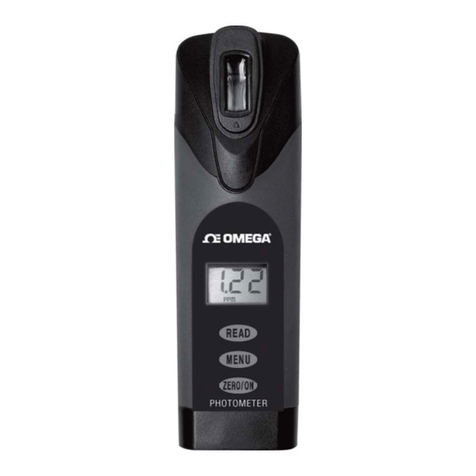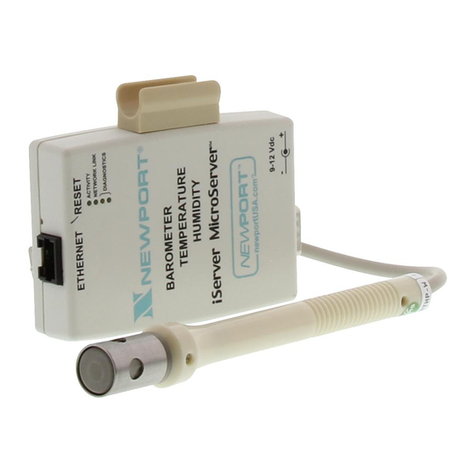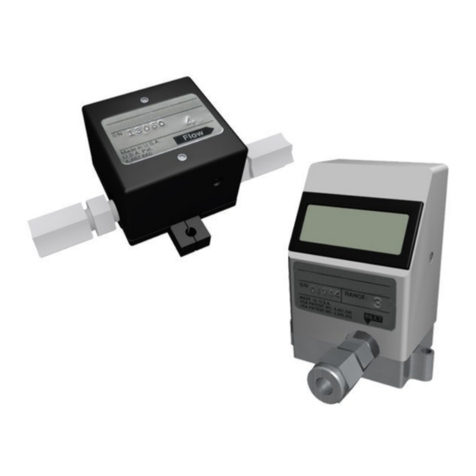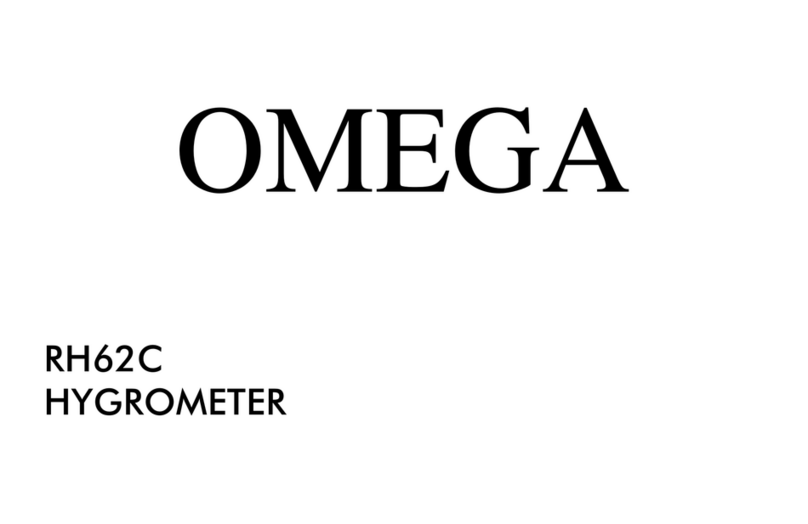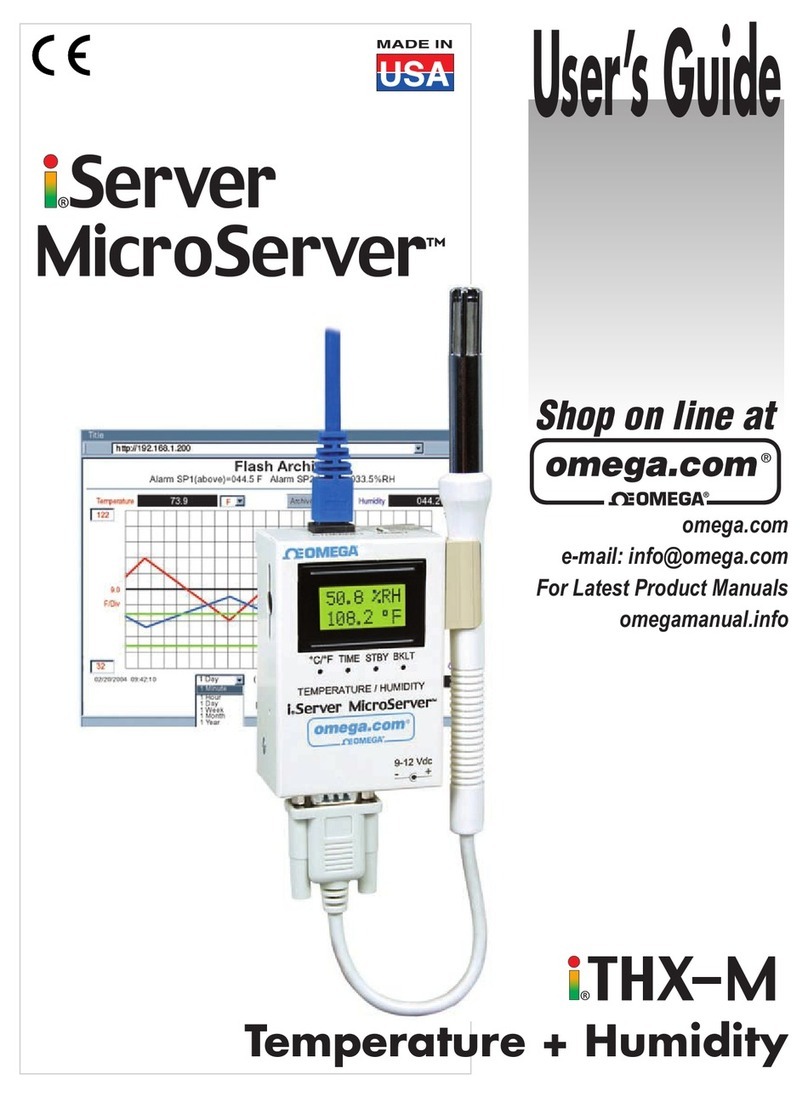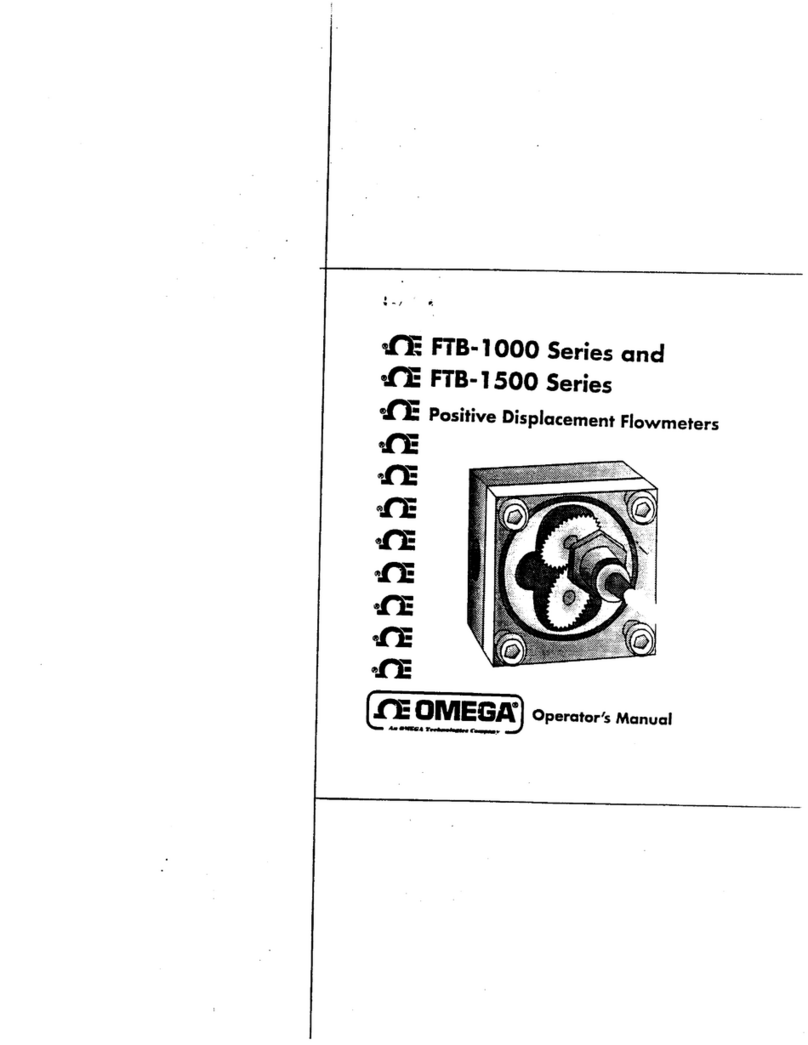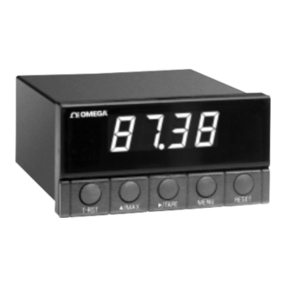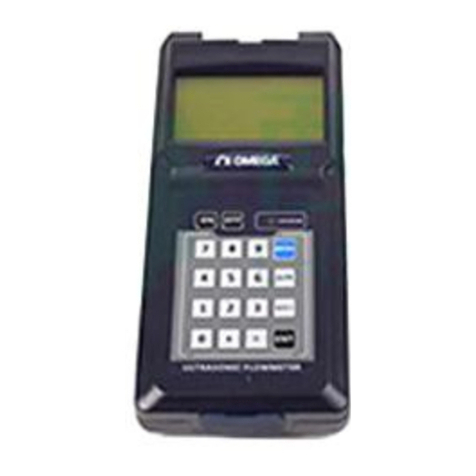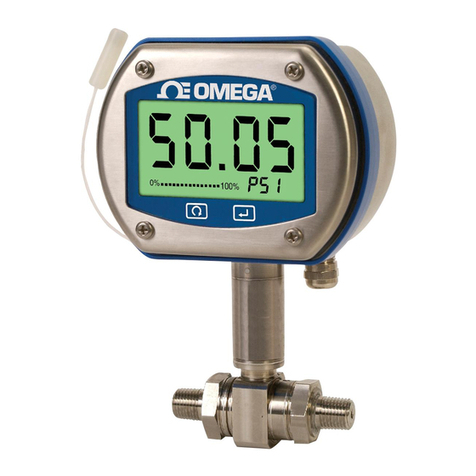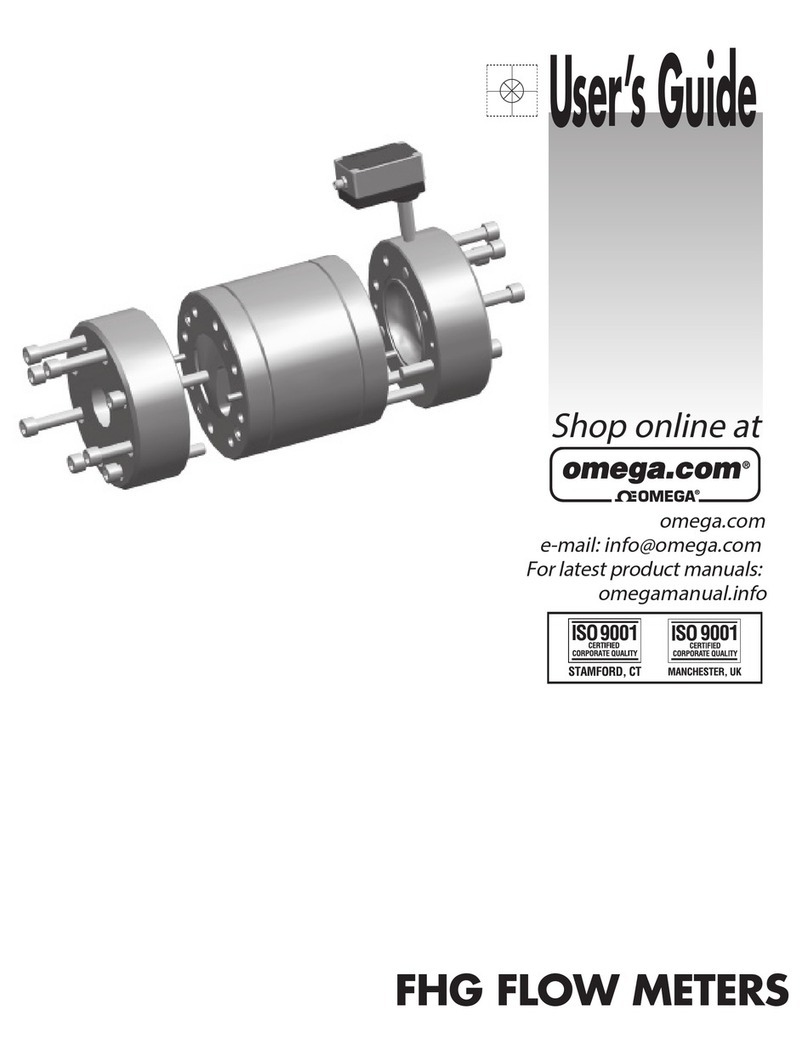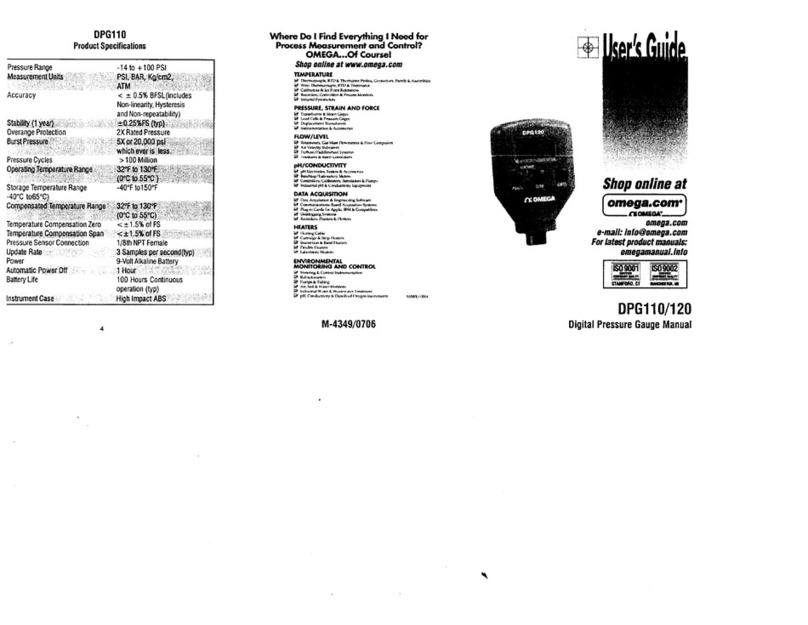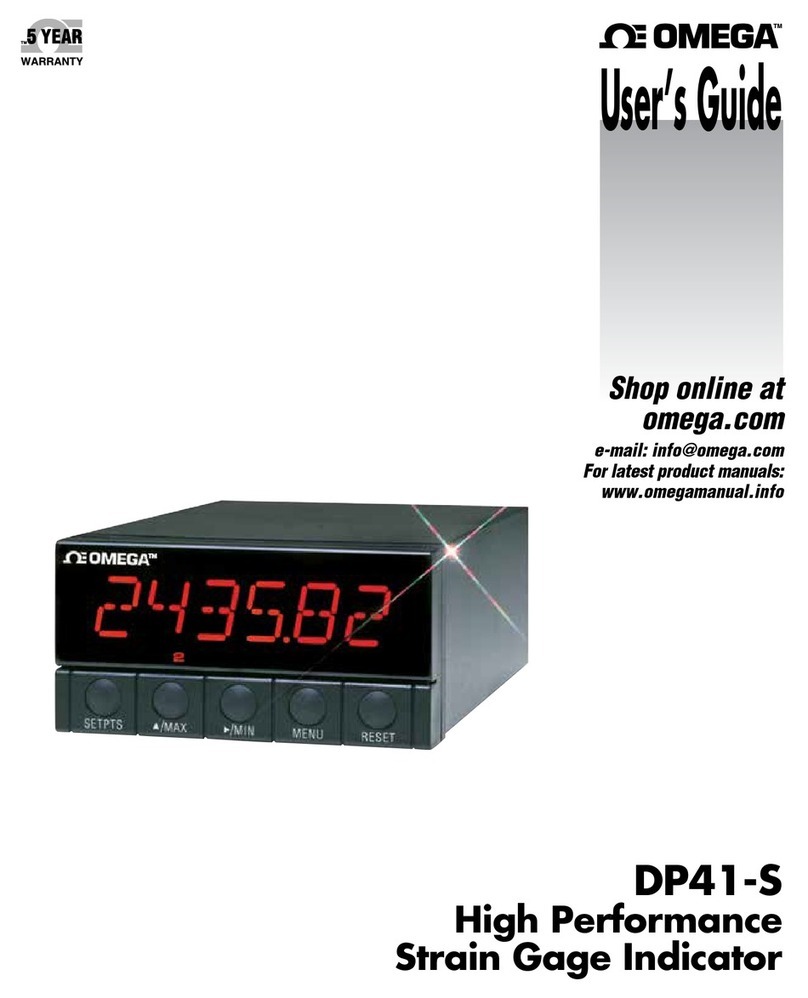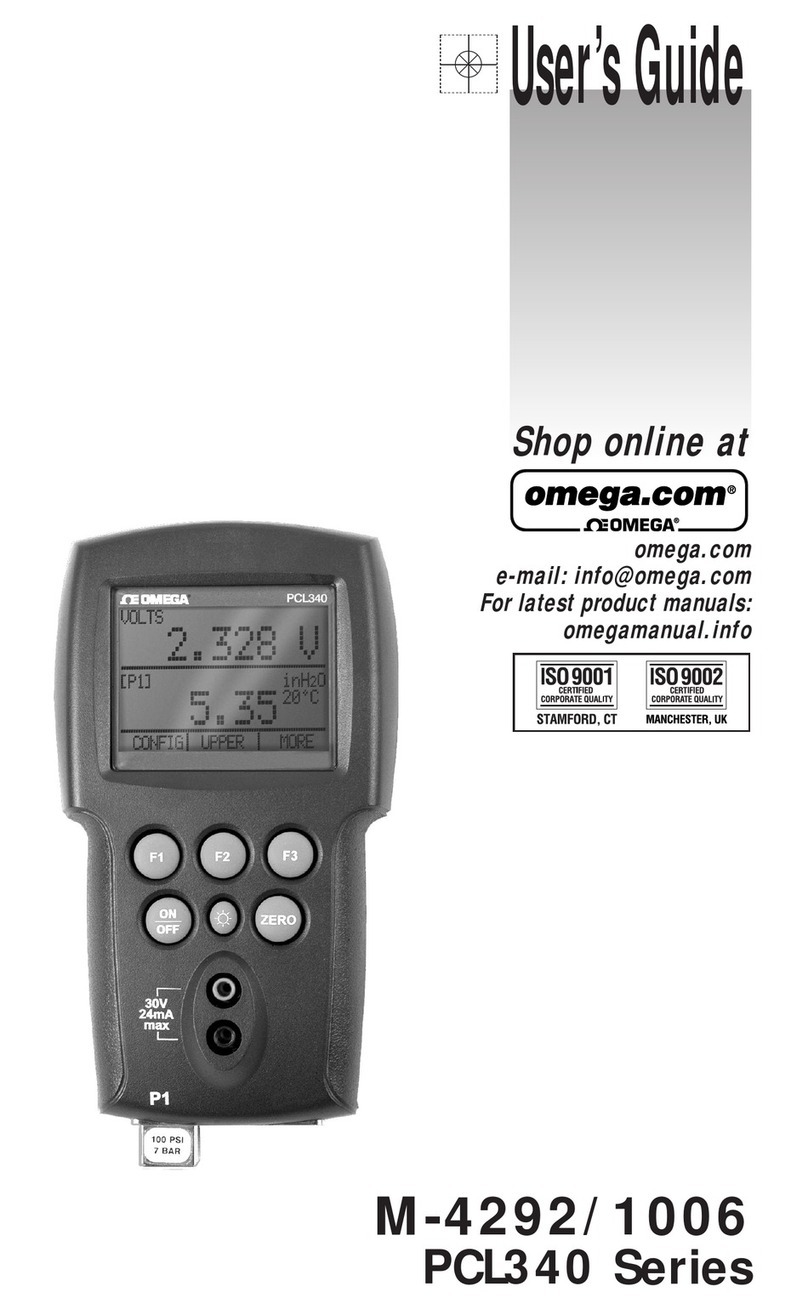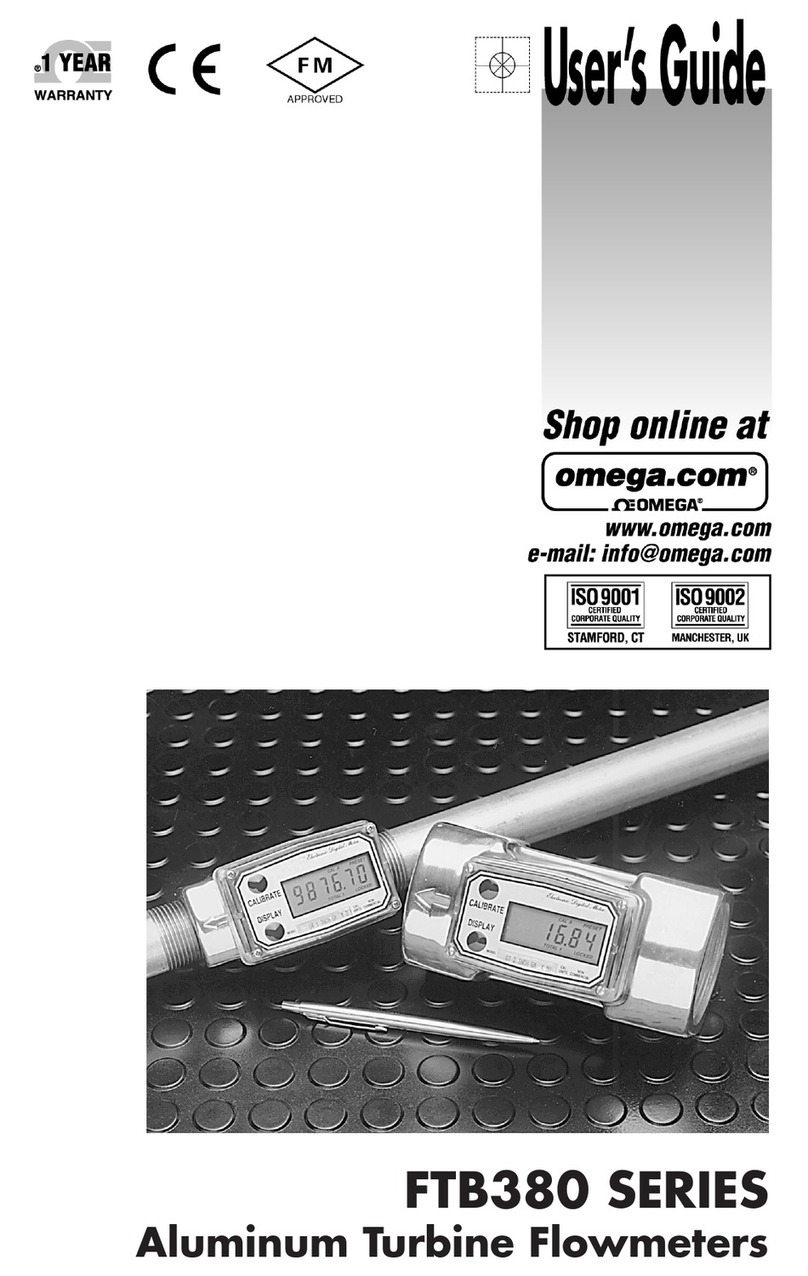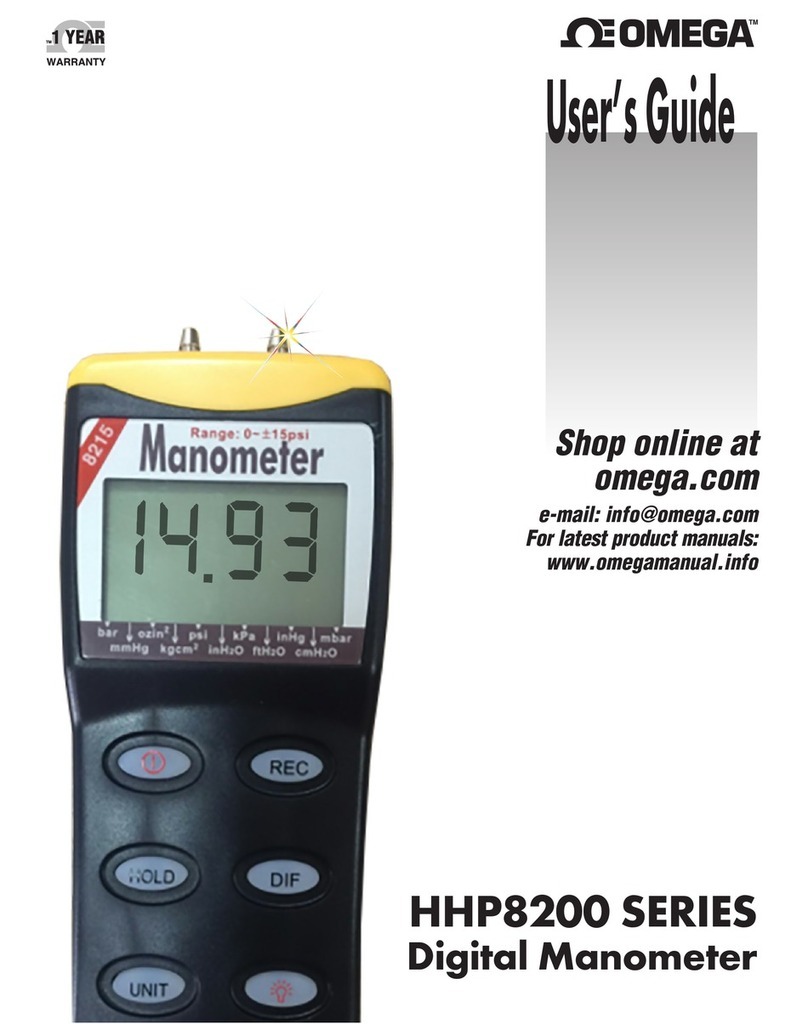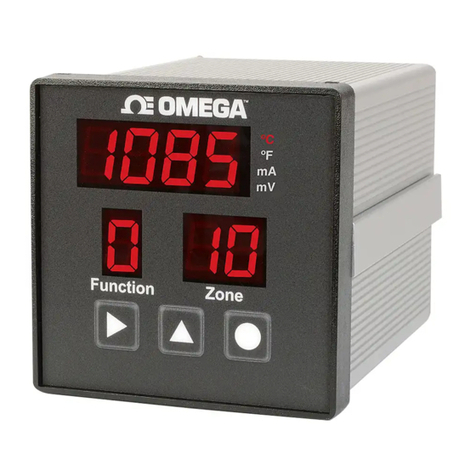
3
Table of Contents
Safety Denitions and Information ................................................................ 4
Unpacking.............................................................................................................. 4
Quick Start ............................................................................................................ 4
Install Pickup Sensor ........................................................................................ 4
Flush Piping ....................................................................................................... 4
Filtration............................................................................................................. 4
Location ............................................................................................................. 4
Orientation ........................................................................................................ 5
Flow Direction ................................................................................................... 5
Description and Principle of Operation ......................................................... 6
Positive Displacement Flow Meter ................................................................. 6
All-in-One Pickup Sensor ................................................................................. 6
Installation............................................................................................................ 7
Preferred Flow Direction.................................................................................. 7
Preferred Orientation....................................................................................... 7
Location ............................................................................................................. 7
Filtration............................................................................................................. 7
Installing a Bypass ............................................................................................ 8
Pickup Sensor Installation ............................................................................... 8
Pickup Sensor Location.................................................................................... 8
Operation .............................................................................................................. 9
Overview ............................................................................................................ 9
Running the Flow meter .................................................................................. 9
Ramp Up ............................................................................................................ 9
Regular Cleaning............................................................................................... 9
End of Shift and Overnight Preparations....................................................... 10
Breakdown ........................................................................................................ 10
Plugging ............................................................................................................. 10
Filtration............................................................................................................. 10
Maintenance......................................................................................................... 11
Use the Maintenance Guides .......................................................................... 11
Flow Testing....................................................................................................... 11
Plugging and Filtration ..................................................................................... 11
Calibration ......................................................................................................... 11
Storage............................................................................................................... 12
Flow Meter Do’s and Don’ts............................................................................... 12
Calibrations........................................................................................................... 13
If ow readings are too high ........................................................................... 13
If ow readings are too low............................................................................. 13
If it is necessary to adjust the existing k-factor............................................. 13
If it is necessary to re-calculate a new k-factor ............................................. 14
Trouble-Shooting Guide ..................................................................................... 14
All-In-One Sensor ................................................................................................. 15
Technical Specications ................................................................................... 15
Materials of Construction ................................................................................ 15
Dimensional Drawing....................................................................................... 15
Industry Standard M12-A Connectors............................................................ 16
Signal Outputs................................................................................................... 16
Input Source ...................................................................................................... 17
Test Mode .......................................................................................................... 17
Bluetooth Application ........................................................................................ 18
Sensor App Overview ....................................................................................... 18
Getting Started.................................................................................................. 18
Menu Navigation............................................................................................... 19
System Settings................................................................................................. 19
Output Settings................................................................................................. 20

